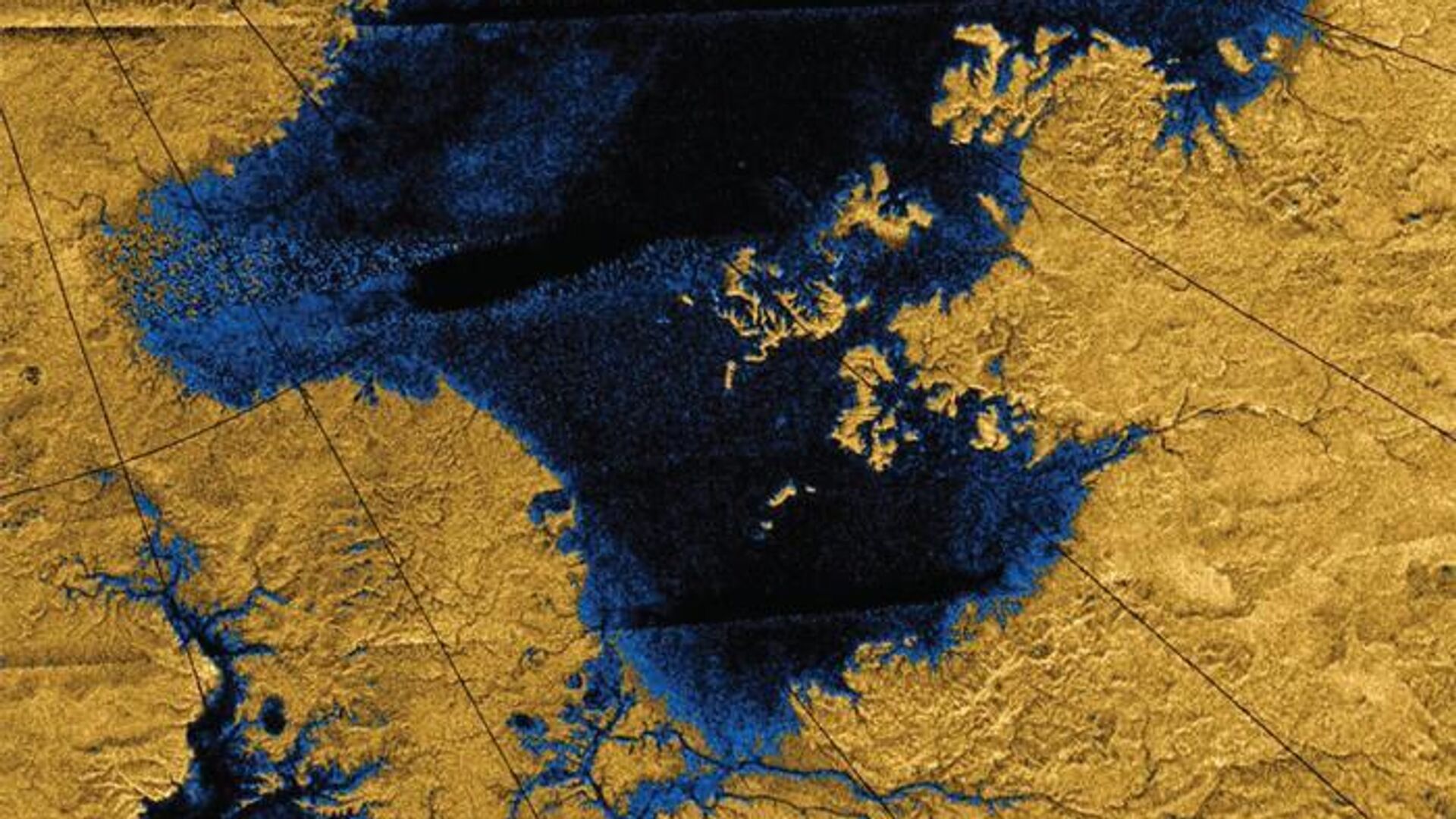https://sputnikglobe.com/20230711/mit-scientists-use-new-innovative-technique-to-explore-river-systems-on-mars--titan-1111804654.html
MIT Scientists Use New Innovative Technique to Explore River Systems on Mars & Titan
MIT Scientists Use New Innovative Technique to Explore River Systems on Mars & Titan
Sputnik International
A novel technique developed by MIT geologists allows researchers to gain insights into the intensity of past and present river flows on Mars and Titan.
2023-07-11T01:51+0000
2023-07-11T01:51+0000
2023-07-11T01:49+0000
beyond politics
science & tech
massachusetts institute of technology (mit)
titan
mars
space
space exploration
https://cdn1.img.sputnikglobe.com/img/07e7/07/0b/1111804255_0:37:700:431_1920x0_80_0_0_39f5f75fcbbe59ba79f41f69b2e1116d.jpg
Scientists from the Massachusetts Institute of Technology (MIT) recently detailed a new, innovative technique to study the history of rivers in distant planets, such as ancient systems on Mars and current river systems on Saturn's largest moon, Titan.The MIT team applied their new approach to determine the speed and depth of ancient rivers on Mars that existed over a billion years ago, as well as to estimate the flow of currently active rivers on Titan.The researchers found that the ancient rivers on Mars likely flowed for extended periods, with Gale Crater hosting river activity for at least 100,000 years, and Jezero Crater sustaining rivers for over one million years. These findings suggest these regions on Mars may have once offered environments capable of supporting life.Turning their attention to Titan, the team analyzed imagery from NASA's Cassini spacecraft and estimated the flow rates of rivers on the moon. Surprisingly, Titan's rivers were found to be comparable in size to some of Earth's largest rivers, such as the Mississippi River. However, unlike Earth's rivers, Titan's rivers lack fan-shaped deltas at their mouths, raising questions about the absence of river deposits on the moon's surface.Perron also noted the value of exploring ancient Martian rivers, describing them as a "time machine" that allows scientists to understand their characteristics when they were actively flowing.The team's research built upon the work of hydrologist Gary Parker, who developed mathematical equations to describe river flow on Earth. By adapting these equations to work with limited measurements from remote images and topography, MIT researchers were able to calculate the flow rates of rivers on Mars and Titan based on width and slope measurements alone.Birch also expressed curiosity about the absence of river deltas on Titan and the need to further investigate this phenomenon.The study lays the foundation for future missions, such as NASA's upcoming Dragonfly mission to Titan, which aims to provide more comprehensive insights into the moon's environment. Until then, scientists will continue to rely on the data collected by Cassini to understand Titan's surface and further investigate the mysteries surrounding its rivers.The findings were published Monday in the journal Proceedings of the National Academy of Sciences.
https://sputnikglobe.com/20200611/titan-is-moving-away-from-saturn-100-times-faster-than-previously-thought-says-new-study-1079583557.html
titan
mars
Sputnik International
feedback@sputniknews.com
+74956456601
MIA „Rossiya Segodnya“
2023
News
en_EN
Sputnik International
feedback@sputniknews.com
+74956456601
MIA „Rossiya Segodnya“
Sputnik International
feedback@sputniknews.com
+74956456601
MIA „Rossiya Segodnya“
water on mars, space exploration, space rivers, mit space studies, mars titan rivers
water on mars, space exploration, space rivers, mit space studies, mars titan rivers
MIT Scientists Use New Innovative Technique to Explore River Systems on Mars & Titan
Rivers on Mars and Titan, two celestial bodies in our solar system, have captured the attention of MIT scientists looking to gain insights on the past and present river flows on both distant worlds.
Scientists from the Massachusetts Institute of Technology (MIT) recently detailed a new, innovative technique to study the history of rivers in distant planets, such as ancient systems on Mars and current river systems on Saturn's largest moon, Titan.
The MIT team applied their new approach to determine the speed and depth of ancient rivers on Mars that existed over a billion years ago, as well as to estimate the flow of currently active rivers on Titan.
The researchers found that the ancient rivers on Mars likely flowed for extended periods, with Gale Crater hosting river activity for at least 100,000 years, and Jezero Crater sustaining rivers for over one million years. These findings suggest these regions on Mars may have once offered environments capable of supporting life.
Turning their attention to Titan, the team analyzed imagery from NASA's Cassini spacecraft and estimated the flow rates of rivers on the moon. Surprisingly, Titan's rivers were found to be comparable in size to some of Earth's largest rivers, such as the Mississippi River. However, unlike Earth's rivers, Titan's rivers lack fan-shaped deltas at their mouths, raising questions about the absence of river deposits on the moon's surface.
"What's exciting about Titan is that it's active. With this technique, we have a method to make real predictions for a place where we won't get more data for a long time," stated Taylor Perron, the Cecil and Ida Green Professor in MIT’s Department of Earth, Atmospheric and Planetary Sciences (EAPS).
Perron also noted the value of exploring ancient Martian rivers, describing them as a "time machine" that allows scientists to understand their characteristics when they were actively flowing.
The team's research built upon the work of hydrologist Gary Parker, who developed mathematical equations to describe river flow on Earth. By adapting these equations to work with limited measurements from remote images and topography, MIT researchers were able to calculate the flow rates of rivers on Mars and Titan based on width and slope measurements alone.
"Titan is the most Earth-like place...There's so much more that we know is down there, and this remote technique is pushing us a little closer," said Samuel Birch, the lead author of the study, highlighting the importance of the team's approach.
Birch also expressed curiosity about the absence of river deltas on Titan and the need to further investigate this phenomenon.
The study lays the foundation for future missions, such as NASA's upcoming Dragonfly mission to Titan, which aims to provide more comprehensive insights into the moon's environment. Until then, scientists will continue to rely on the data collected by Cassini to understand Titan's surface and further investigate the mysteries surrounding its rivers.
The findings were published Monday in the journal
Proceedings of the National Academy of Sciences.



